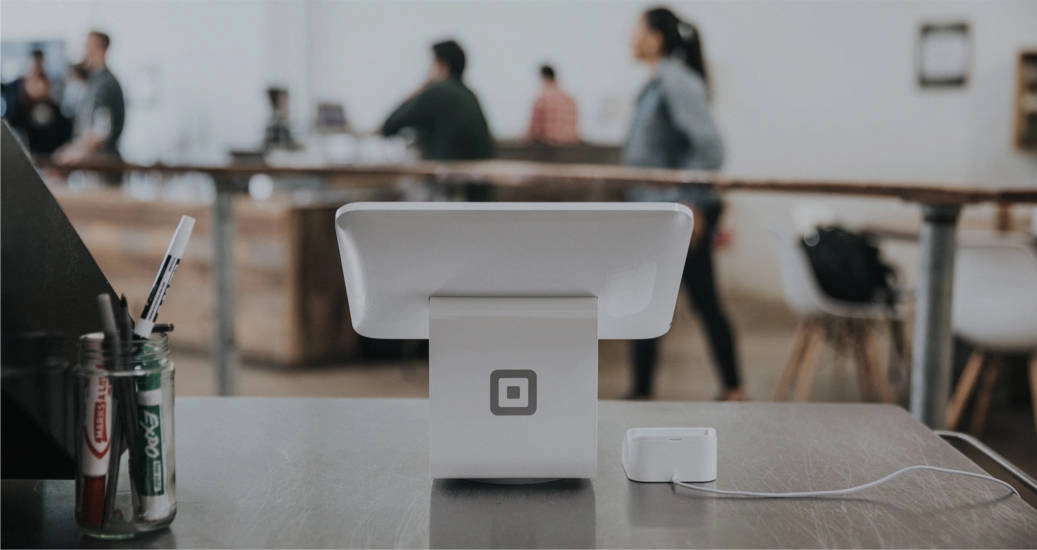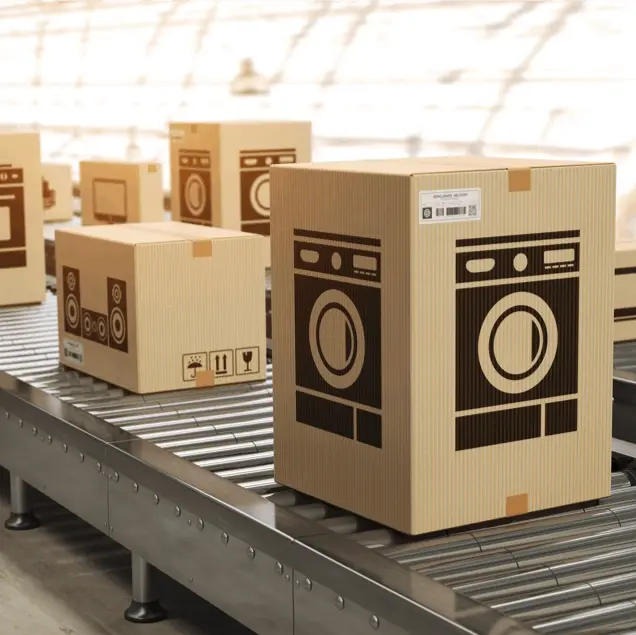From their early emergence in the late 2000s to their present ubiquity, e-commerce players have seemingly eclipsed the modern brick and mortar channel as the future of Indian retail. This rapid rise has sowed fear among incumbents, who have found themselves facing two seemingly daunting choices: go online and cannibalise their existing business or stay offline and miss out on the e-retail opportunity.
However, while capturing a 7% market share of organised retail in such a short time frame is certainly impressive, Kanvic analysis shows that the rise of e-commerce is yet to impact the overall growth of the brick and mortar channel. In fact, as the chart below shows, brick & mortar sales are still growing faster than they were projected to before the emergence of online retail in India.
So, how can both channels be growing so fast without getting in each other’s way?
First of all, both channels have been tapping into the unorganised market space. Organised retail - in both its brick & mortar and online forms - has grown as an attractive alternative for an expanding middle class, aspiring for choice, branded goods and improved shopping experience. It seems the most impacted players have been the unorganised players, who have been unable to provide a similar value proposition.
Second, online channels have limited their impact on existing brick & mortar by converting customers in Tier II and III cities, where the brick & mortar footprint is still relatively limited. With their wide reach, online retailers have been tapping pockets of growth that brick & mortar players have not been able to reach profitably.
Third, online channels have created their own demand by generating impulse purchases. By combining constant bargains, targeted advertising, and 24/7 convenience, their model stimulates sales that simply would not have happened in a conventional store format.
In other words, online retailers have been converting new consumers and increasing their propensity to spend, thus increasing the overall size of the retail pie.
Looking at the situation from such a perspective can enable existing brick & mortar retailers to see the opportunity to leverage both physical stores and online to benefit from the rapid growth in both channels. While the dynamics differ from category to category, it is clear that online and brick & mortar still have room to grow together in the Indian retail market.




